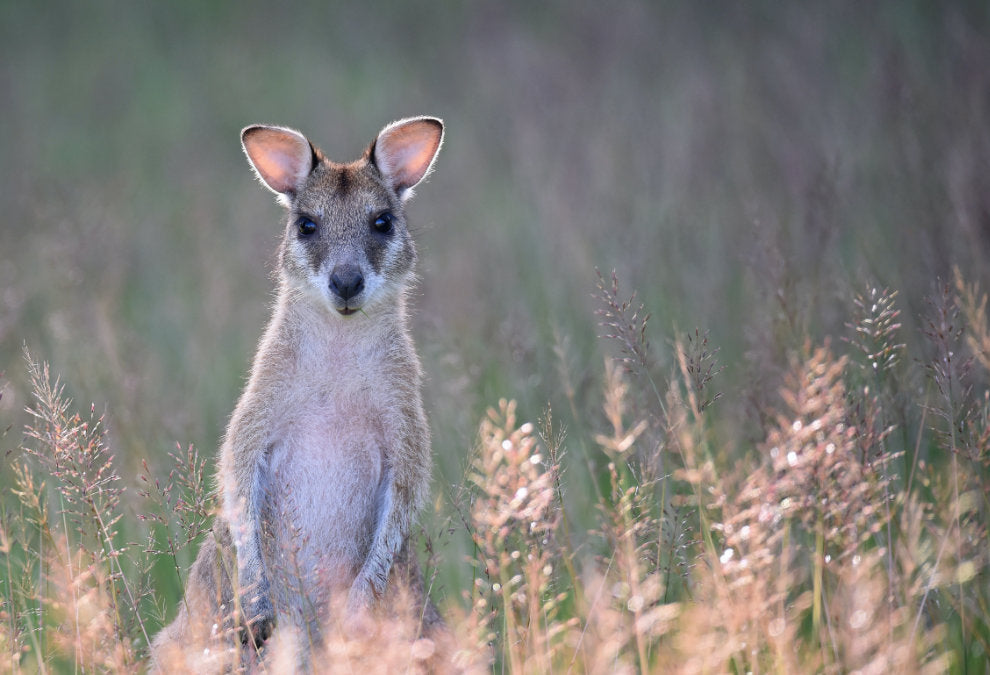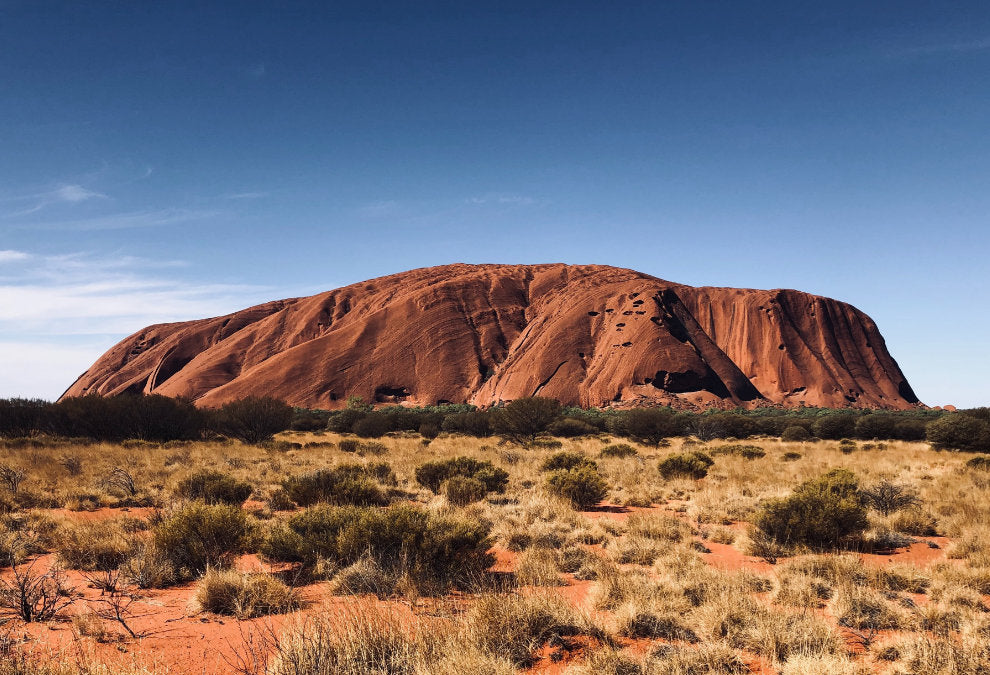
The Sacred Peaks – Aboriginal Connections to the Australian Alps
The Australian Alps rise above the southeastern corner of the continent, cloaked in snow for part of the year and revered by Aboriginal people for countless generations.
Long before the mountains bore European names, they were—and remain—sacred Ancestral Homelands, deeply woven into the spiritual and cultural fabric of the First Nations peoples who lived, travelled and gathered there for thousands of years.
A Living Ancestral Connection
To the traditional custodians of the Snowy Mountains—particularly the Ngarigo and Walgalu First Nations peoples—the high country is more than just a place of natural beauty.
“The Mountains are very old and an ongoing life force that strengthens the ancestral link of our people. We have a living, spiritual connection with the mountains. We retain family stories and memories of the mountains, which makes them spiritually and culturally significant to us.”
For Aboriginal communities, these peaks are not a relic of the past but a living presence. They are a source of knowledge, belonging and identity. They hold the memory of Ancestors and continue to shape the way First Nations peoples understand and care for Country.
The Bogong Moth Gatherings
For thousands of years, Aboriginal groups travelled hundreds of kilometres to gather in the alpine regions during summer. These intertribal gatherings were vibrant occasions—ceremony, corroboree, trading, settling disputes, forging marriages and initiating young men into adulthood. From the coast to the slopes, diverse communities converged to feast on the Bogong moth, a rich seasonal delicacy that migrated into the cool alpine crevices.
The feasting was no mere sustenance—it was a reaffirmation of cultural ties, of laws and lore passed down and of Country shared respectfully. The Bogong moth gatherings represent one of the great cultural traditions of Aboriginal Australia, yet they remain largely unknown to the broader public.

Mt Kosciuszko Rocks Peak on the Ancestral Homelands of the Ngarigo First Nations People
Ancient Presence, Enduring Sovereignty
The First Australians have lived in the alpine region for at least 21,000 years. Sites such as Birrigai rock shelter near Namadgi National Park, Cloggs Cave in Victoria and the hundreds of sites along the Snowy River valley reveal a profound, long-standing relationship with the land.
Despite the brutal impact of colonisation—violent dispossession, disease and displacement—the deep connection to Country has not been severed. Aboriginal communities in Victoria, New South Wales and the ACT continue to protect, manage and care for the high country. The fires of 2003 brought new attention to Aboriginal heritage in the Alps, uncovering artefacts and pathways previously hidden beneath the undergrowth.
The Contested Name of Mount Kosciuszko
Mount Kosciuszko—the highest peak in Australia at 2,228 metres—sits on Ngarigo Country. Yet its name was bestowed in 1840 by the Polish explorer Paweł Edmund Strzelecki, who honoured Polish freedom fighter General Tadeusz Kosciuszko. Strzelecki believed the mountain resembled one in his homeland and so began a long chapter of European naming that usually erased Aboriginal connections.
But times are changing. In recent years, there have been renewed calls for dual naming—retaining the Kosciuszko name while adding the mountain’s traditional name in recognition of its Indigenous heritage. However, this process is complex and sometimes contentious.
 Mt Kosciuszko Rocky Ridgeon the Ancestral Homelands of the Ngarigo First Nations People
Mt Kosciuszko Rocky Ridgeon the Ancestral Homelands of the Ngarigo First Nations People
A Name with Meaning—or Misunderstanding?
 Lake Albina - Kosciuszko National Park, the Ancestral Homelands of the Ngarigo First Nations People
Lake Albina - Kosciuszko National Park, the Ancestral Homelands of the Ngarigo First Nations People
A Shared Path Forward?
 Thredbo River - Kosciuszko National Park, the Ancestral Homelands of the Ngarigo First Nations People
Thredbo River - Kosciuszko National Park, the Ancestral Homelands of the Ngarigo First Nations People
Why This Truth Matters
 Thredbo River Valley - Kosciuszko National Park, the Ancestral Homelands of the Ngarigo First Nations People
Thredbo River Valley - Kosciuszko National Park, the Ancestral Homelands of the Ngarigo First Nations People












